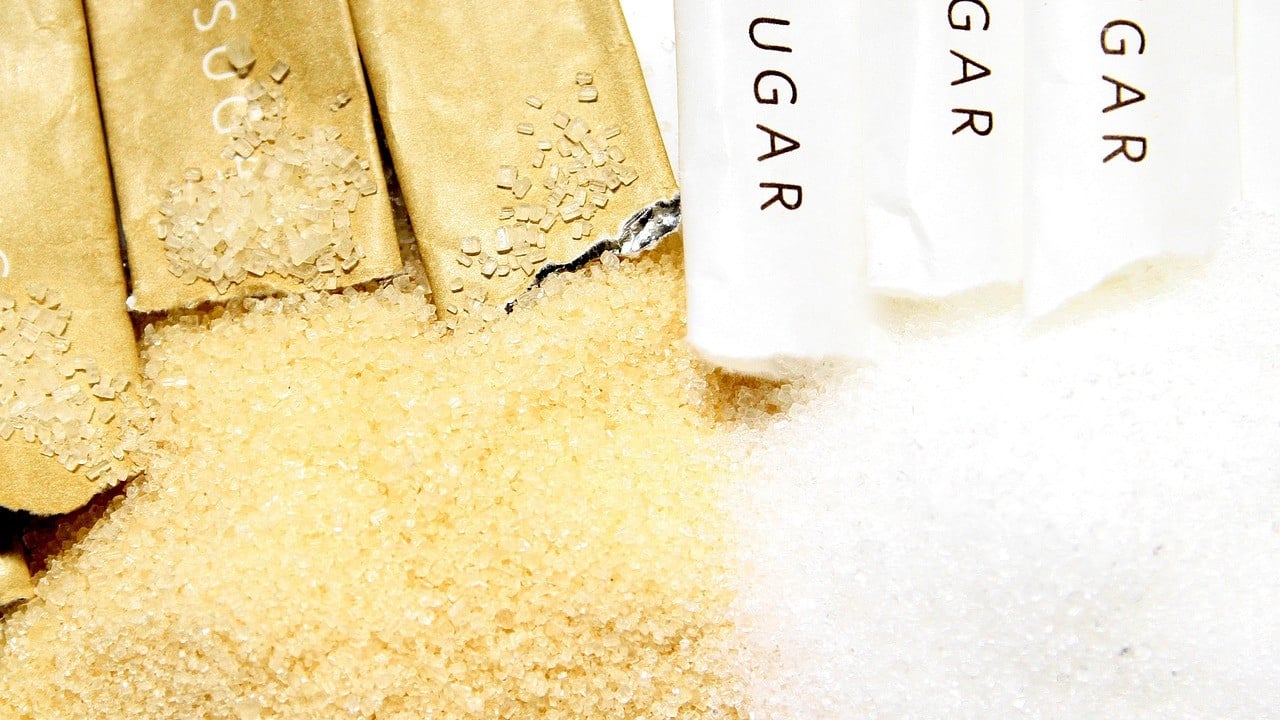Many baking guides specify either beet sugar vs cane sugar, depending on the intended outcome.
Discover the Uses and Perks of Beet Sugar Vs Cane Sugar in Your Daily Diet Regimen
Checking out the unique top qualities of beet and cane sugar reveals greater than simply their sweetening capacities; it highlights their distinct impacts on health and culinary arts. Beet sugar, understood for its refined taste, is typically favored in delicate treats, whereas cane sugar, with its hint of molasses, adds splendor to durable recipes. Each kind holds its very own dietary account and glycemic implications, inviting a deeper understanding of their functions in a balanced diet plan and sustainable consumption practices.
Origin and Production Procedures of Beet and Cane Sugar

The distinct climates and soil kinds required for expanding sugar beets and sugarcane contribute to distinctions in their farming practices and geographic circulation, influencing the economics and sustainability of their manufacturing. beet sugar vs cane sugar.
Nutritional Comparison In Between Beet Sugar and Cane Sugar
Despite originating from different plants, beet sugar and cane sugar are nutritionally extremely comparable, both primarily containing sucrose. Each gives about 4 calories per gram, equating to roughly 16 calories per teaspoon. Structurally, both sugars are made up of roughly 99.95% sucrose, with minimal quantities of other compounds like moisture and trace minerals, which do not dramatically change their nutritional accounts.

Inevitably, when choosing in between beet sugar and cane sugar based on dietary content alone, both deal the same advantages and drawbacks as they are essentially kinds of the exact same particle-- sucrose, providing fast energy without various other nutrients.
Influence On Wellness: Glycemic Index and Caloric Material
Exploring better right into the results of beet sugar and cane sugar on health and wellness, it is important to consider their glycemic index and caloric material. The glycemic index (GI) of both beet and cane sugar is around 65, classifying them as high-GI foods, which can cause quick spikes in blood glucose levels.
Each kind of sugar has around 4 calories per gram, making their calorie web content matching. For those checking calorie intake, specifically when managing weight or metabolic health conditions, comprehending this equivalence is vital (beet sugar vs cane sugar). Extreme usage of any high-calorie, high-GI food can add to health issues such as obesity, heart illness, and insulin resistance.
Environmental and Economic Considerations of Sugar Manufacturing
Beyond health effects, the production of beet and cane sugar additionally elevates significant ecological and economic concerns. Sugar beet farming often tends to call for cooler environments and has a lower geographical footprint compared Recommended Reading to sugar cane, which flourishes in tropical areas. Both plants are intensive in terms of water use and land occupation, potentially leading to logging and water scarcity. Financially, the global sugar market is very unstable, affected by changes in worldwide trade policies and subsidies. Many countries incentivize sugar manufacturing with monetary support, skewing market costs and influencing small farmers negatively.
Furthermore, using pesticides and plant foods in both beet and cane sugar cultivation can result in dirt destruction and air pollution, further influencing biodiversity and neighborhood water bodies (beet sugar vs cane sugar). The choice between growing sugar beet or cane typically rests on local read the article environmental conditions and financial elements, making the sustainability of sugar production a complex issue
Culinary Applications and Taste Differences
While the environmental and financial facets of sugar production are indeed significant, the selection between beet and cane sugar also affects culinary applications and taste accounts. Beet sugar, derived from the sugar beet plant, is known for its incredibly neutral taste.
Cane sugar, extracted from sugarcane, often retains molasses traces, which give an unique splendor and depth. This mild molasses taste enhances the intricacy of baked products, sauces, and sauces. It is specifically favored in products where a caramel undertone is desired, such as in brownies or gingerbread. The small variation in moisture content between beet and cane sugar can influence the structure and consistency of meals, making cane sugar a recommended option for particular dishes that profit from its unique residential properties.

Verdict
Finally, both beet and cane sugar have distinctive origins and manufacturing procedures, using comparable dietary accounts with slight differences in sodium content and flavor. While more info here their impact on health, especially regarding glycemic index and calories, is equivalent, the selection between them commonly steams down to environmental, financial factors, and certain culinary demands. Recognizing these facets can guide consumers in making educated decisions that align with their wellness objectives and taste choices.